Complaints
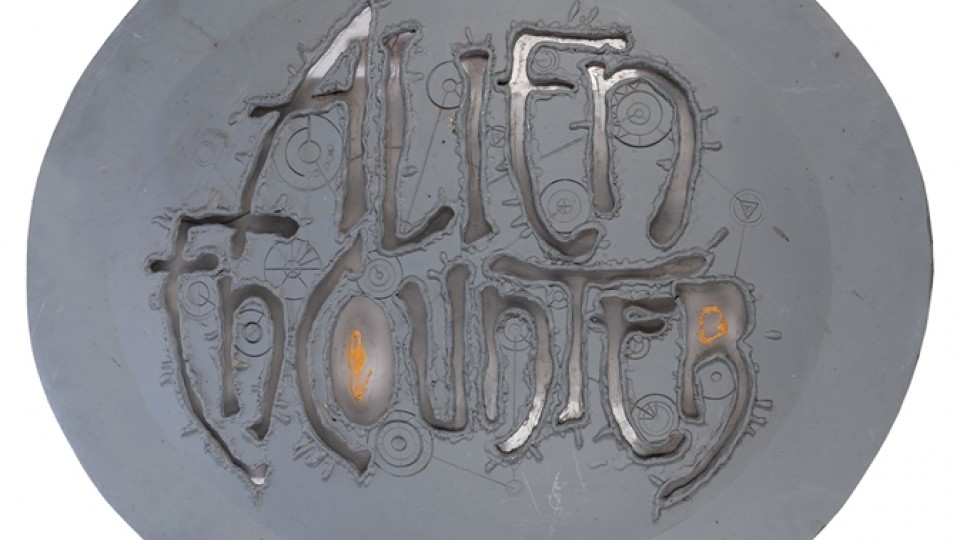
First of all, let’s be clear: despite making it into our Lost Legends collection, Alien Encounter wasn’t exactly a masterwork of Imagineering. After enduring a very troubled production period, the show infamously went through multiple re-writes during its Test & Adjust phase accounting for things as simple as repacing the audio to allow plenty of time for screams, and as complex as relighting and re-animating the signature Alien to give guests a better sense of its anatomy (and thus, abilities).
The attraction was allegedly edited again and again during its Test & Adjust phase for being too scary, then not scary enough; too simple, then too complex; not fun enough, then too relient on jokes that sapped the seriousness for thrillseekers while doing nothing for terrifying children trapped in a seat in the dark with no way to see or touch their parents for comfort.
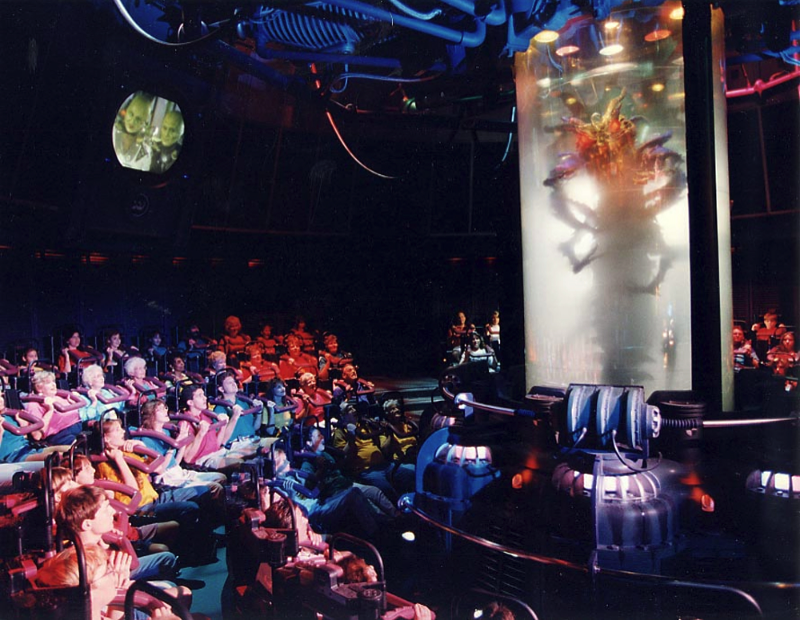
And of course, that leads us to the attraction’s lasting legacy and its most well-known complaint: guests allegedly visited Magic Kingdom’s City Hall in droves each evening, decrying the unimaginably intense attraction, so out of place in the “G-rated” fantasy of Magic Kingdom. Sure, signs offered that Alien Encounter may not be suitable for children, and the word TERROR was emblazoned in the attraction’s very name, but even the most imaginative parents couldn’t have thought that a Disney attraction might literally scare their kids into wanting to go home.
Alien Encounter was an experimental thrill ride merging Eisner’s cinematic scale with Disney’s cutting edge technology; it was dark, grim, eerie, disturbing, and even – yes – terrifying. A generation of Disney Parks fans recall being terrified and traumatized by the experience during its relatively short life. It was smart, fun, dark, scary, and an instant classic.
And, boy, was it doomed.
The writing on the wall
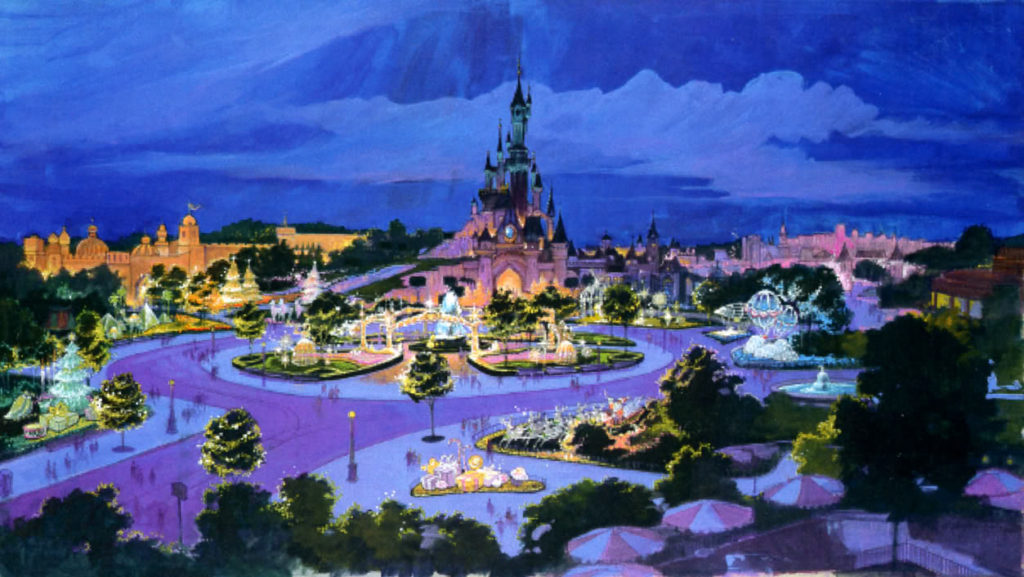
As if eight years of complaints leveled against Alien Encounter weren’t enough, the entire M.O. of Eisner and Disney Parks was about to change…
The dismal opening of Disneyland Paris didn’t just lead to decades of cop-outs, cancellations, and closures… it’s single-handedly remembered as a pivot point in the story of Michael Eisner. Though his first decade at the helm of Disney and its parks had seen an era of unthinkable expansion and ultra-expensive attractions that remain among Disney’s best ever, things seemed to change overnight once Paris collapsed.
Eisner was infamously open about his sudden retreat from extravagance after the near-bankruptcy of Paris. And frankly, the CEO seemed to decide then and there that he would never take such a risk again. That’s why – from the mid-90s through the end of Eisner’s tenure in 2004 (when he left ahead of his contract’s expiration) – the story of Disney changes.
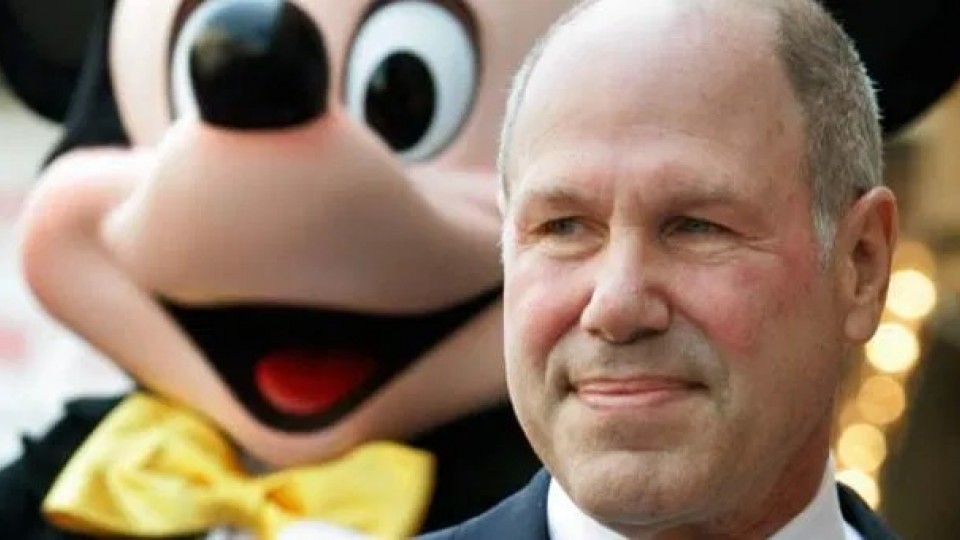
First, Eisner’s Disney Renaissance – the string of never-ending hits from 1989’s The Little Mermaid to 1999’s Tarzan – ended up ending, after all. The studio switched to “cheap and cheerful” direct-to-video sequels and lackluster originals like Home on the Range, Chicken Little, Brother Bear, and Meet the Robinsons that just failed to resonate with wide audiences, sending Disney back into another period of decline.
Meanwhile, Disney Parks became marked by surprise ride closures, massive budget cuts, eliminated staffing, deferred maintenance, low-cost parks, and a massive influx of Disney characters as a string of budget-conscious executives came and went, each cutting costs and trumpeting earnings even as attendance and quality fell dramatically. Original stories and characters were largely expelled in favor of merchandise-friendly, high-earning characters being inexpensively overlaid wherever possible. And that was very bad news for the ambitious New Tomorrowland that had debuted in 1994…
Character years
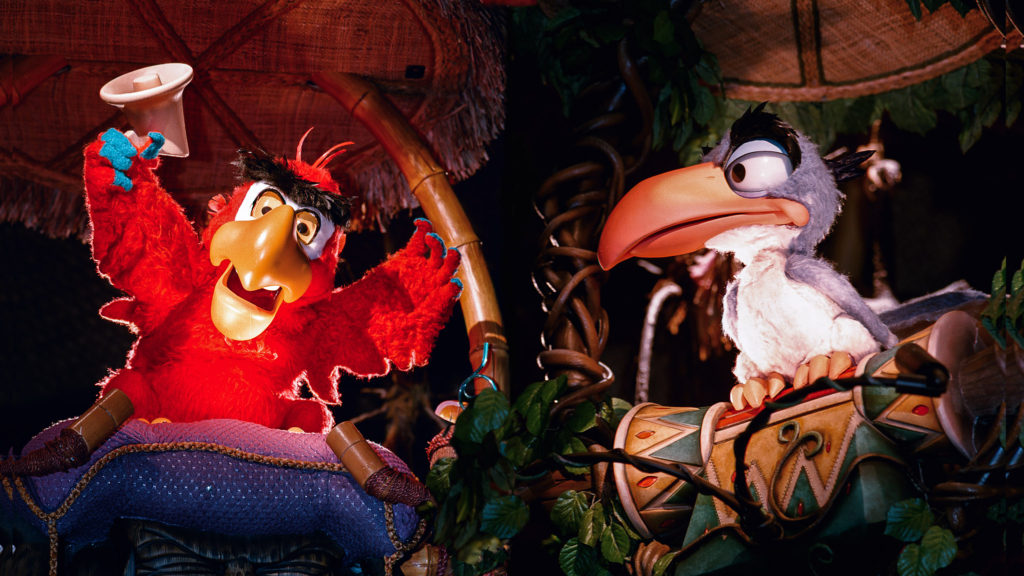
With the edict that Disney Parks make room for more gift shops coming down from on high, classics began to fall to make way for more marketable characters and low-cost overlays. In 1997, the Walt-original Tropical Serenade closed at Magic Kingdom, having been purchased by “New Management.”
Direct-to-view humor, spoofs of Disney songs, and two new fourth-wall-breaking inhabitants – Iago from Aladdin and Zazu from The Lion King – managed to “modernize” the classic fan favorite into a Declassified Disaster: The Enchanted Tiki Room – Under New Management. The quick character overlay succeeded in injecting more animated humor into Disney Parks… just as the cost of a treasured classic. Oops…
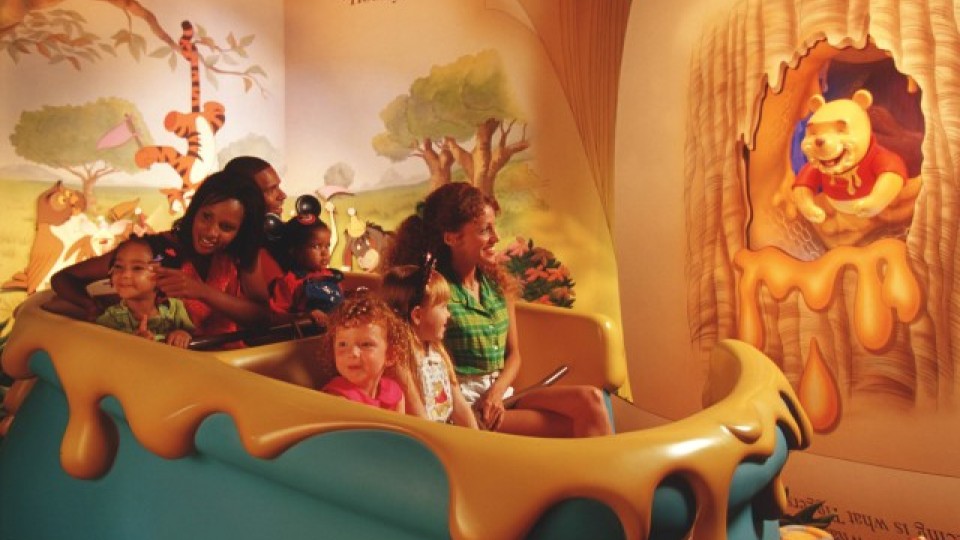
The very next year, Magic Kingdom and Disneyland big farewell to the Lost Legends: Mr. Toad’s Wild Ride and The Country Bear Jamboree, respectively. Each was sacrified to make way for the much more marketable and plush-friendly Pooh.
And that’s to say nothing of the “Pixarifcation” of Disney Parks – so widespread in the era, we explored it in its own in-depth DISNEY•PIXARLAND Special Feature – a must-read for Imagineering fans.
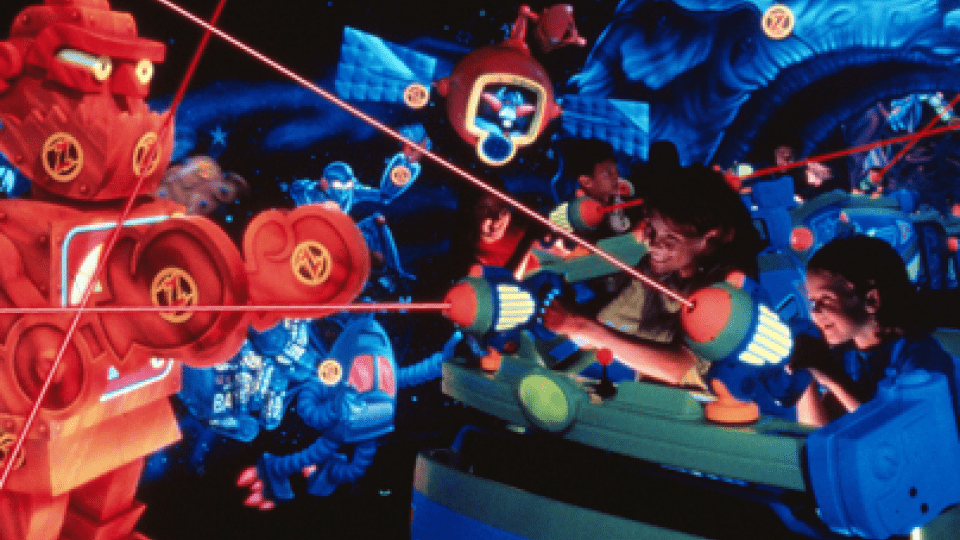
Altogether, the influx of characters into Disney Parks probably hit Tomorrowland the hardest. In both Orlando and Anaheim, Tomorrowland was swiftly stripped of any substance or continuity to instead become a catch-all for animated intellectual properties regardless of their fit.
The very same year that Mr. Toad vacated his Fantasyland home for Pooh, Magic Kingdom’s Lost Legend: If You Had Wings and its aviation-themed Dreamflight successor finally folded to make way for Toy Story 2‘s Buzz Lightyear Space Ranger Spin.
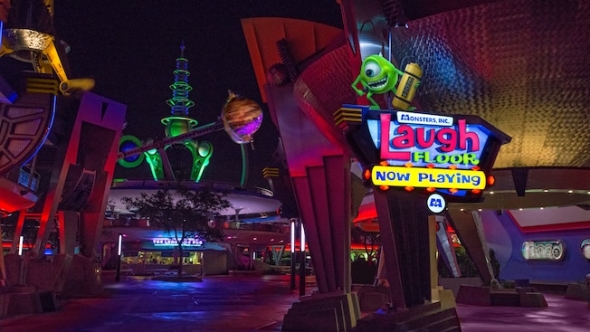
Next door, the Lost Legend: The Timekeeper closed up shop, taking with it the “Metropolis Science Center” setting of that “real city” mythology. It became Monsters Inc. Laugh Floor, for which there’s really no narrative excuse.
As for Alien Encounter? It appeared to have an animated match made in heaven… or, space.
Stitch invades
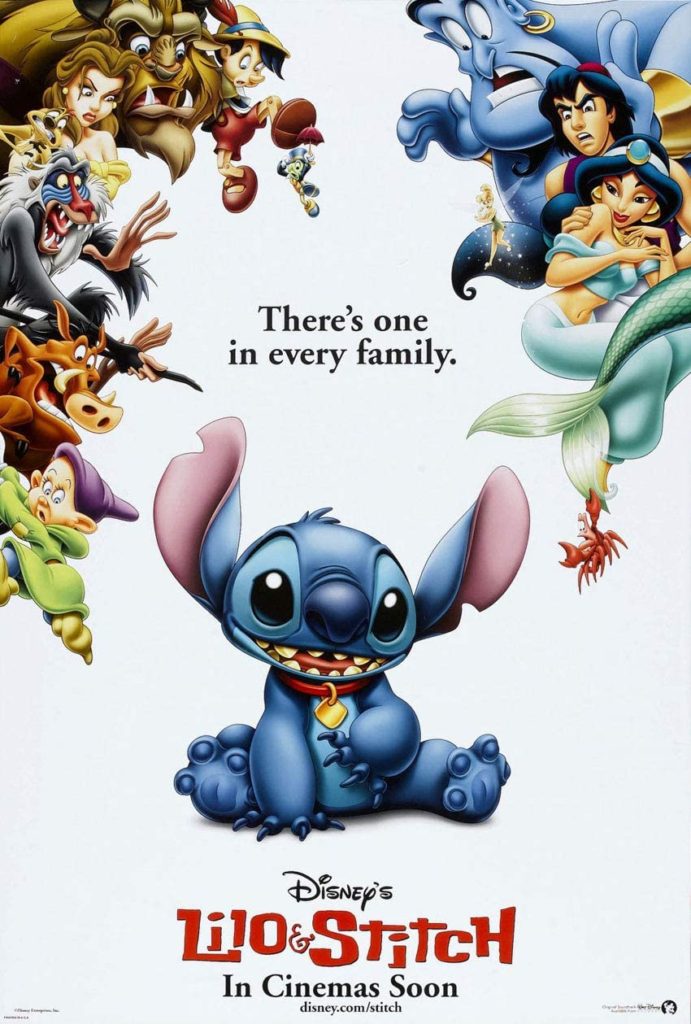
When Lilo & Stitch debuted in theaters in 2002, it was the kind of cultural “win” Disney hadn’t genuinely experienced since Tarzan. Built around a (in retrospect, so-early-2000s) marketing campaign featuring the mischievious alien protagonist interrupting famous moments from Disney films, the fourth-wall-breaking, irreverent, and chaotic character was widely recognized even before the film debuted.
Despite its viral marketing, Lilo & Stitch turned out to be one of Disney’s most clever and charming animated features in the early 2000s (though, admittedly, that isn’t saying much). It follows the rambunctiuous, chaotic, laboratory-created Experiment 626, who crash lands on Earth in an escape from the Galactic Federation. Blending in as a “dog,” the creature is adopted by the equally-wild and lonely Lilo and her guardian sister, Nani, who live on Kaua’i in modern day Hawaii.
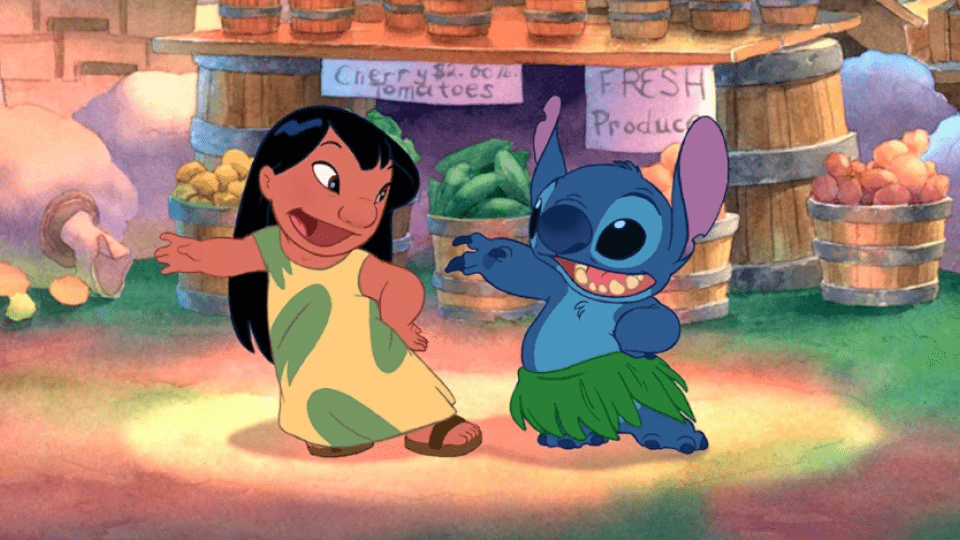
Though Lilo & Stitch‘s box office returns were meager (especially by the standards of the Disney Renaissance) with just $145 million during its initial domestic release and $127 million overseas, it bested both with nearly $200 million from home video. It was clear that the film’s mischievious alien protagonist who learns the meaning of ‘ohana had been accepted into the cultural zeitgeist like Disney’s other 2000s films weren’t, and that Stitch himself was a merchandising gold mine.
And given the new quick-turnaround, direct-to-video direction of Disney, that meant it was time to act. In 2002 alone, Stitch starred in three video games: “Lilo & Stitch,” “Lilo & Stitch: Trouble in Paradise,” and “Stitch: Experiment 626.”
In August 2003 – just thirteen months after Lilo & Stitch debuted in theaters! – Stitch: The Movie hit video store shelves. A month after that, Lilo & Stitch: The Series premiered on both Disney Channel and ABC Kids. Two years later, Lilo & Stitch 2: Stitch Has a Glitch went direct-to-video, and less than a year after that, Disney churned out Leroy & Stitch – yet another direct-to-video sequel made of cobbled together episodes of the TV series. For those keeping track, that’s four movies in three years!
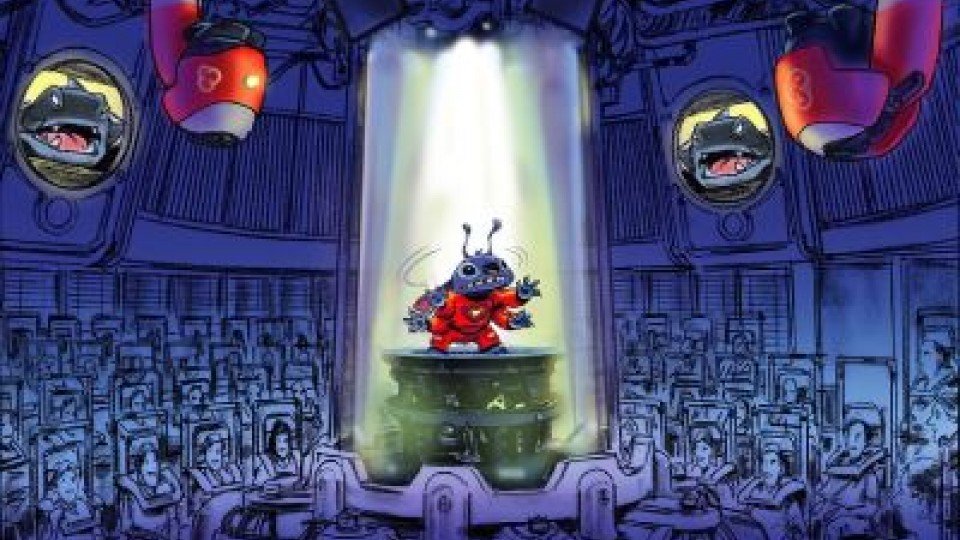
Stitch was hot. And it seemed like a win-win… Not only could Stitch fulfill Eisner’s new character mandate for Disney Parks and offer a full gift shop dedicated to the most merchandise-friendly Disney character since Pooh, but replacing the terrifying alien antagonist with Stitch would finally quell all those complaints about the horrifying mismatch for Magic Kingdom!
After a year of closure, in November 2004, the attraction re-emerged from behind construction walls as Stitch’s Great Escape! A fitting “celebration” for the visitation of the irreverent Stitch, Cinderella Castle was “teepeed” – that is, strung up with toilet paper and graffiti – as evidence of the alien’s arrival.
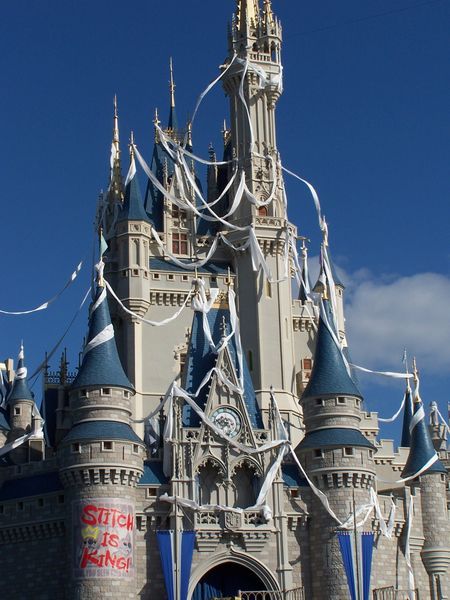
And that’s where the problems begin… On the next page, we’ll step inside of the new Galactic Federation Prisoner Transport Center that suddenly appeared in Tomorrowland to see what horrors await in Stitch’s Great Escape! Read on…



i went to tbis shit when i was 9 and the stench of his burp harrowed me to my very core and i have never been the same